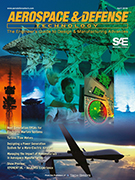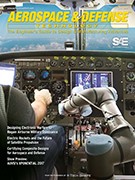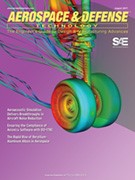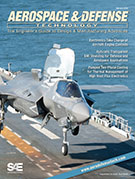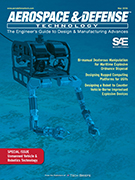Magazine
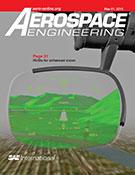
AEROSPACE ENGINEERING 2013-05
2013-05-01
Simulation helps manage change in aircraft manufacturing Commercial aircraft demand is up even while sequestration and other forces are forcing scale-backs in defense-related programs. From managing complex supply chains to improving scrap rates in casting, digital simulation is proving a valuable aid.




